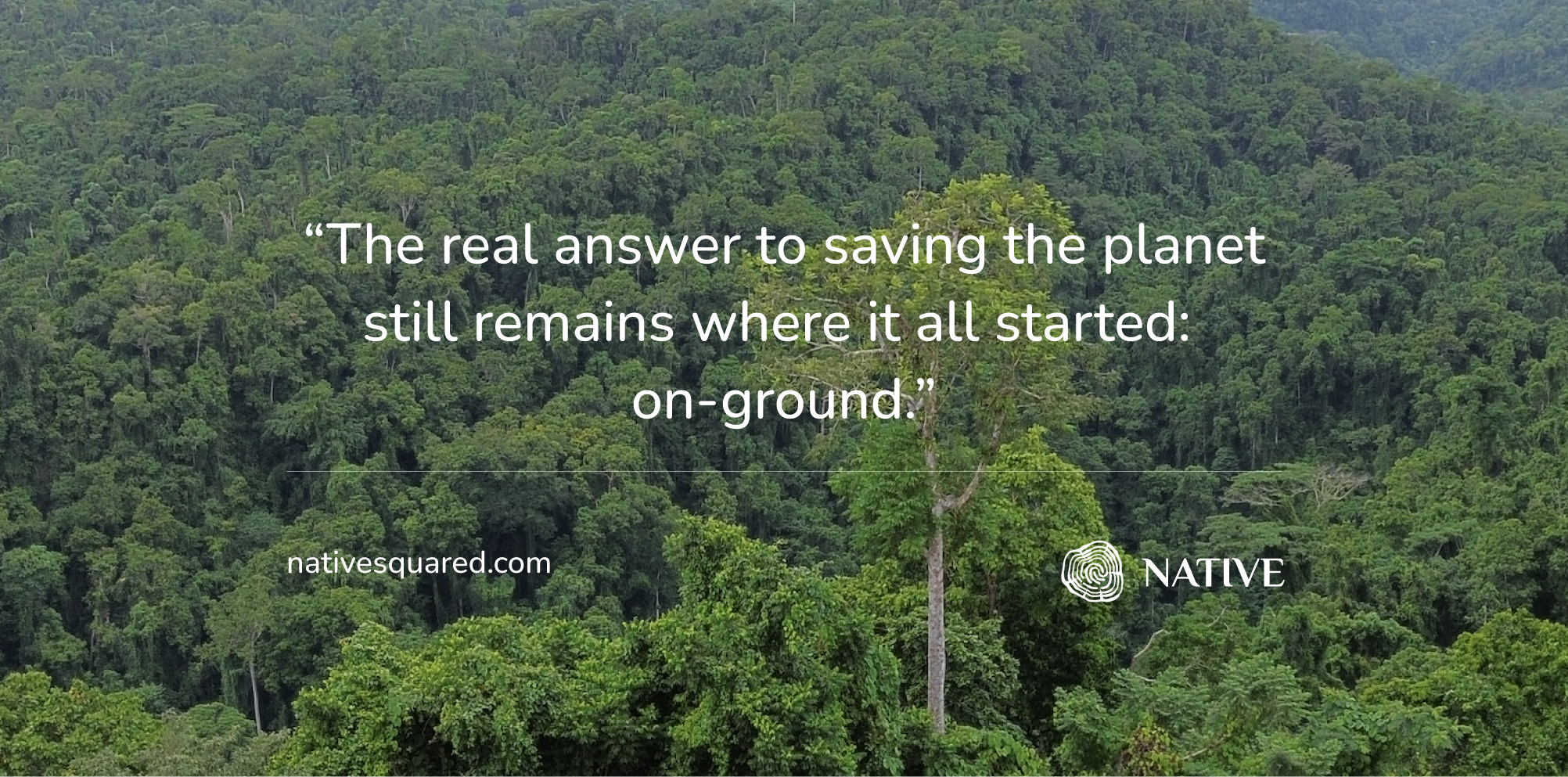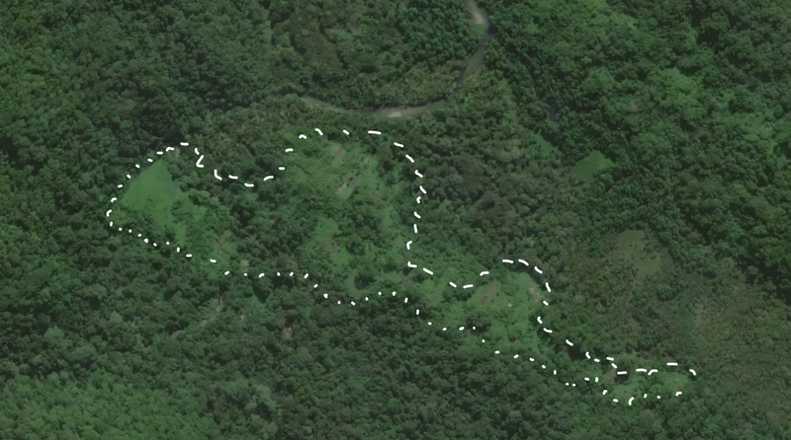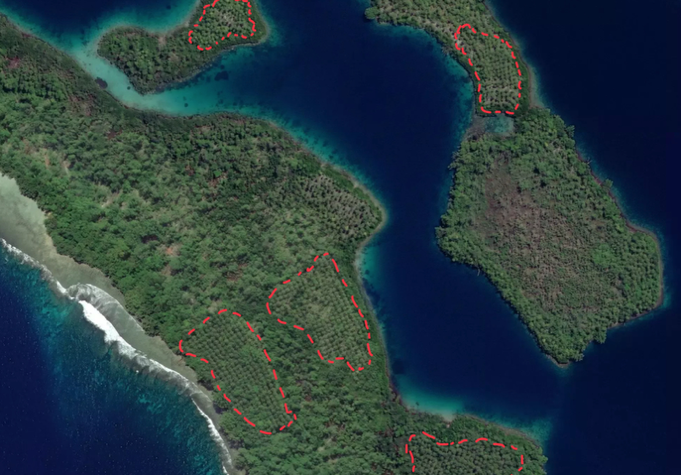Protecting rainforests in the Solomon Islands: The reality on the ground

Markets, credits, offsets, carbon neutral, net zero, TCFD, BNG, CSRD, some mandatory, some voluntary - corporate climate action is a convoluted, jargon-heavy business. Beneath all of this, the real answer to saving the planet still remains where it all started: on-ground. Native works to address the dilemma of a convoluted system, of two-minds stuck between knowing what’s right but unable to do what’s needed. Oftentimes, the solutions can be at the root of the problem itself—for Native to protect the Solomon Islands, we need to engage with the communities that have done so long before us.
What’s going on in the Solomon Islands
With guidance and constant communication with our team on-ground—composed of and led by subject experts, members of local communities and local NGOs—Native discovered that the rainforests in the Solomon Islands were shaped by its natural and socio-political environment.
According to a governmental estimate (CBSI Annual Report 2011:17), legal logging practices threaten to decimate natural forests in the Solomon Islands. In the twentieth century, the Islands were an important source of timber for the British empire, and now remain as such for large economies in the region, including China and Malaysia. Being the largest income source for Islanders, many have no other alternative livelihood.
Indeed, logging-based livelihoods come with a great deal of risk. Firstly, while logging is an important income source, continuous and unsustainable activities can lead to climate shocks. In the most obvious case, logging had led to the islands losing 9.76 Kha of natural forest land by 2024. However, as a catch-up effect, the loss of important rainforest areas is accompanied by increased risks of climate-induced floods, droughts and coastal erosion (UC Berkeley).
Secondly, legal logging has historically disadvantaged Solomon Islanders. Those that have countered logging activities have little to no income or risk incurring violence from loggers (Beck 2020). The logging industry also increases risks to women (Lipton 2018). Families attempt to acquire new sources of income by practicing ‘bride price’. In lieu, these practices are also accompanied by increased rates of trafficking as women are sold to foreign workers in the logging industry. On a macro-level, political support for logging is a culmination of few corrupt politicians and powerful nations in the region exerting their economic force (Bennett 2002;9). As a result, the commercial activity encounters little monitoring as corporations have little interest in doing so themselves, and islanders have fewer resources.
Native’s approach
For Native, effective solutions for protecting the Solomon Islands’ rainforest need to take into account these realities on the ground. The key solution was to bring the communities who were exploited by legal logging into the green finance chain. This meant that Native had to create an alternative livelihood that made it profitable to continue protecting the planet.
Firstly, unlike most REDD+ projects, we guarantee a high revenue share with indigenous communities. By adopting a tangible, area-based model, Native offers everybody, from sustainability experts to laymen the opportunity to visualise and understand what impacts they can make starting from just $5. Through this pricing model, Native is able to compete and dissuade communities from opting into unsustainable legal logging practices.
Secondly, identifying that logging is a common source of livelihood, Native will empower partnering communities to be fully engaged in the process. Community members will be trained to monitor biodiversity impacts themselves and will be directly engaged in Native’s work. Native works in partnership with a local NGO Mai Maasina Green Belt to preserve indigenous knowledge techniques whilst providing regenerative sustainable employment and better economic opportunities. These strategies foster self-governance and secure financial and cultural autonomy.

Light green patches of ‘manicured land’ resulting from legal logging.
Lastly, on a more macro-scale, Native supports the activities of indigenous communities by continuous monitoring of the area. By adopting a methodology that assesses biodiversity, carbon and community impact scores, Native can tangibly present a real-time model that showcases how nature-protection as a profitable activity can empower communities and the planet.
Native’s interactive dashboard and map, generated through AI, satellite imaging, and on-ground sensors, takes tangibility beyond “a number on the screen”. The real-time impacts of the logging activities and palm oil plantations have been captured via Native’s modular map to put into perspective, and make real, the region’s historic and economic reality.

Demarcated regions displaying the growing palm oil plantations.
As companies and expert solutions meander around the crux of the issue with net zero targets and debates about methodologies, Native Squared provides a new class of environmental asset that puts the planet and its guardians first.
Sources
Cobbold R. & Haqqani N. (2023). Why we put indigenous communities at the heart of everything we do.
Lipton G. (2018). “In Solomon Islands, the gendered effects of corporate logging.” Forest News.
CBSI 2011 Annual Report (2011). Central Bank of Solomon Islands. http://www.cbsi.com.sb/wp-content/uploads/2016/09/AR-2011.pdf.
Othering and Belonging Institute at UC Berkeley. “Solomon Islands”. In Climate crisis, displacement and the right to stay. https://belonging.berkeley.edu/climatedisplacement/case-studies/solomon-islands#footnote21_ilol5el
Cobbold R. (2025). 3 Reasons Why Carbon Neutral is a Distraction.
CXO Outlook. https://www.cxooutlook.com/3-reasons-why-carbon-neutral-is-a-distraction/.
Bennett J. (2002). “Roots of Conflict in Solomon Islands though much is taken, much abides: Legacies of Tradition and Colonialism.” Discussion Paper In State Society and Governance in Melanesia. https://openresearch-repository.anu.edu.au/server/api/core/bitstreams/19e6ead0-6d73-4730-b6d9-9a6dc3a426cd/content.
Beck J.( 2020). Logging is corrupting these islands. One village fights back—and wins. National Geographic. https://www.nationalgeographic.com/science/article/deforestation-in-the-solomon-islands.
